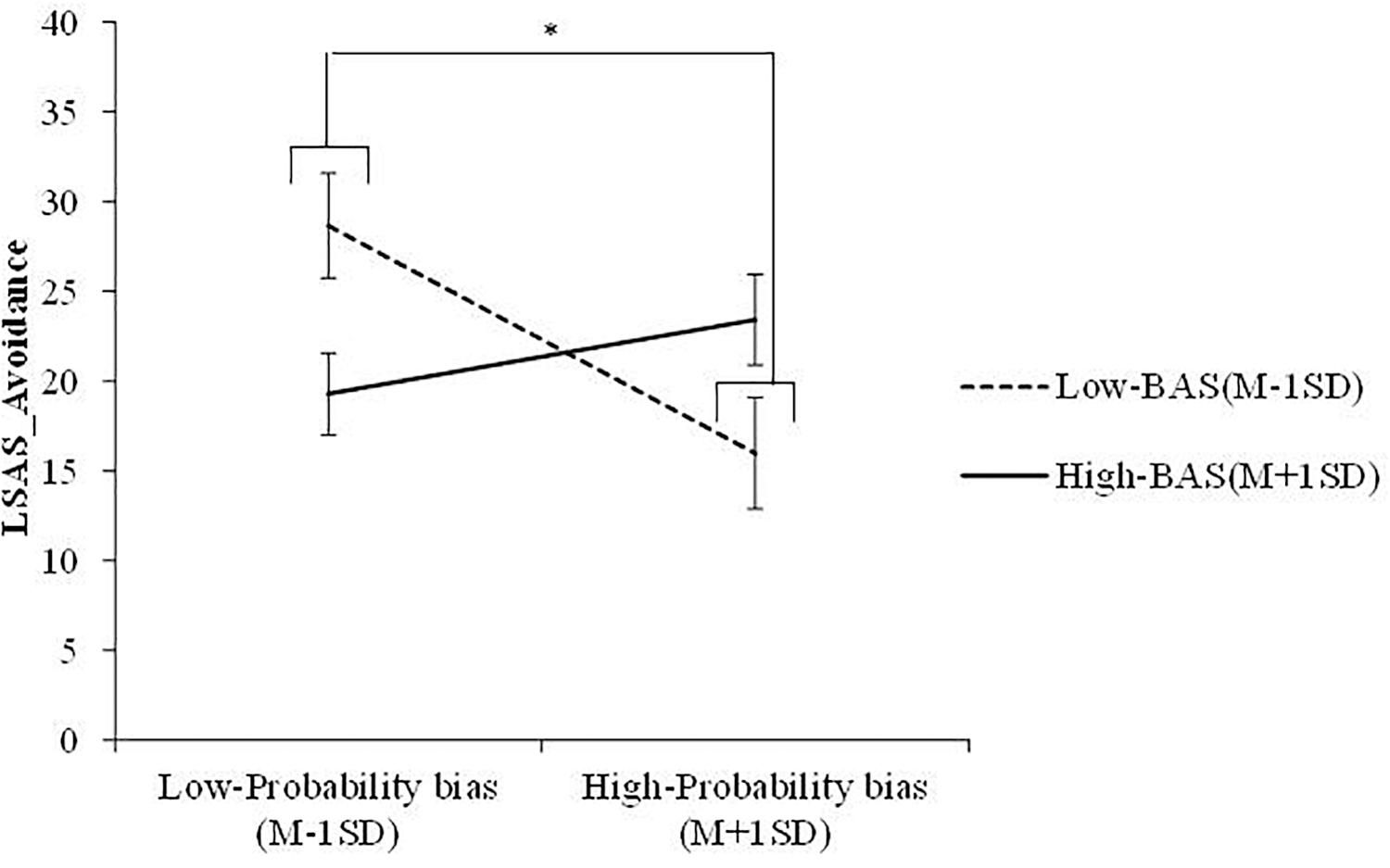Beware Behavioral Biases

Behavioral biases impact investment decisions and can contribute to poor outcomes. Here are 9 top examples:
(1) CONFIRMATION BIAS: Investors tend to seek information that confirms their existing beliefs and ignore information that contradicts them. This bias can lead to a narrow view of the market and an unwillingness to consider alternative perspectives.
(2) HERD MENTALITY/FOMO: The tendency to follow the crowd can lead to asset bubbles and market inefficiencies. Investors may buy or sell assets based on the actions of others rather than on a thorough analysis of fundamentals.
(3) RECENCY BIAS: This bias involves giving more weight to recent events and extrapolating current trends into the future. Investors may overreact to short-term market movements and make decisions based on recent performance rather than long-term fundamentals.
(4) AVAILABILITY BIAS: This bias involves relying on readily available information rather than seeking out a comprehensive set of data. Investors may be swayed by recent news or events, overlooking broader market trends and fundamentals.
(5) GAMBLER'S FALLACY: This bias occurs when investors believe that the occurrence of a particular event is more or less likely based on recent outcomes. For example, assuming a stock is more likely to rise because it has experienced a series of consecutive gains.
(6) OVERCONFIDENCE BIAS: Investors tend to overestimate their own abilities and knowledge, leading them to take excessive risks or trade more frequently than is rational. This can result in poor investment decisions.
(7) ANCHORING: Investors often anchor their decisions to a specific reference point, such as the purchase price of a stock. This can prevent them from adjusting their investment strategy in response to new information.
(8) LOSS AVERSION: People often feel the pain of losses more intensely than the pleasure of gains. This bias may lead investors to sell winning investments too early and hold on to losing investments for too long, hoping for a recovery.
(9) DISPOSITION EFFECT: Investors tend to hold on to losing investments and sell winning investments quickly, driven by a desire to avoid regret. This behavior can lead to a portfolio of underperforming assets.
The fact is you have to recognize your biases before you can mitigate any of their impacts. From there you can build up discipline and approach things more rationally to improve your outcomes over time.
